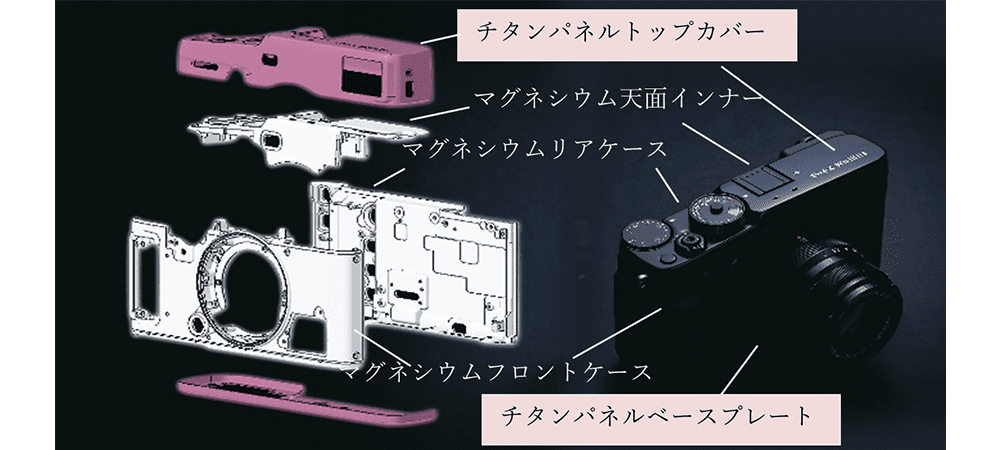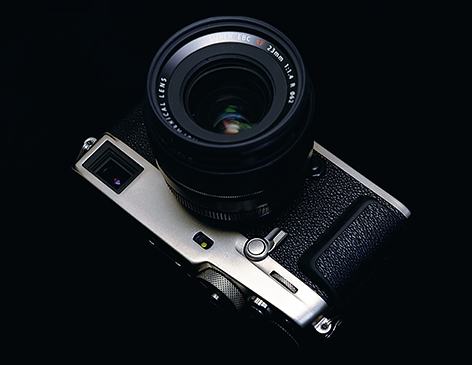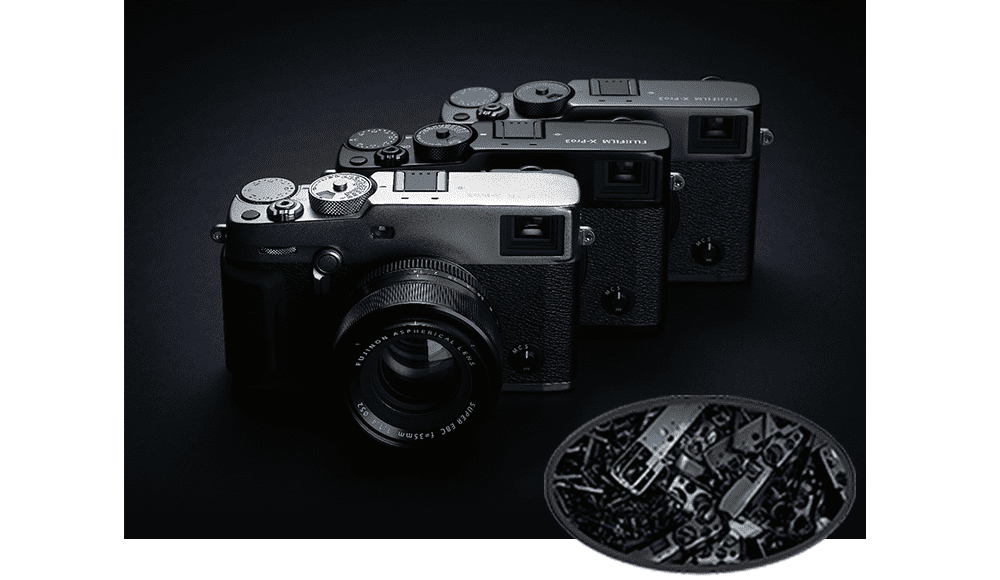
Camera×TranTixxii(Image provided by Fujifilm Corporation)
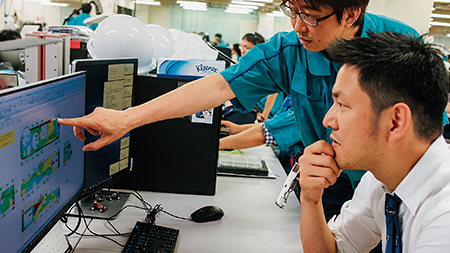
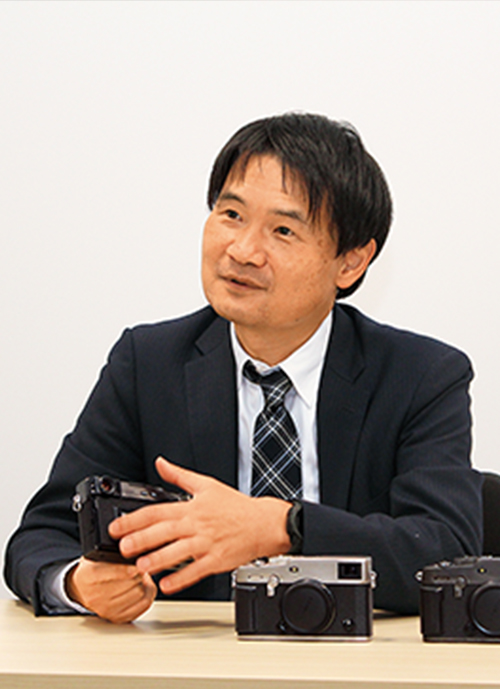
Fujifilm Corporation
Imaging Solutions Business Department General ManagerTakashi Ueno
Fujifilm Corporation
Imaging Solutions Business Department General Manager Takashi Ueno

Camera×TranTixxii(Image provided by Fujifilm Corporation)

